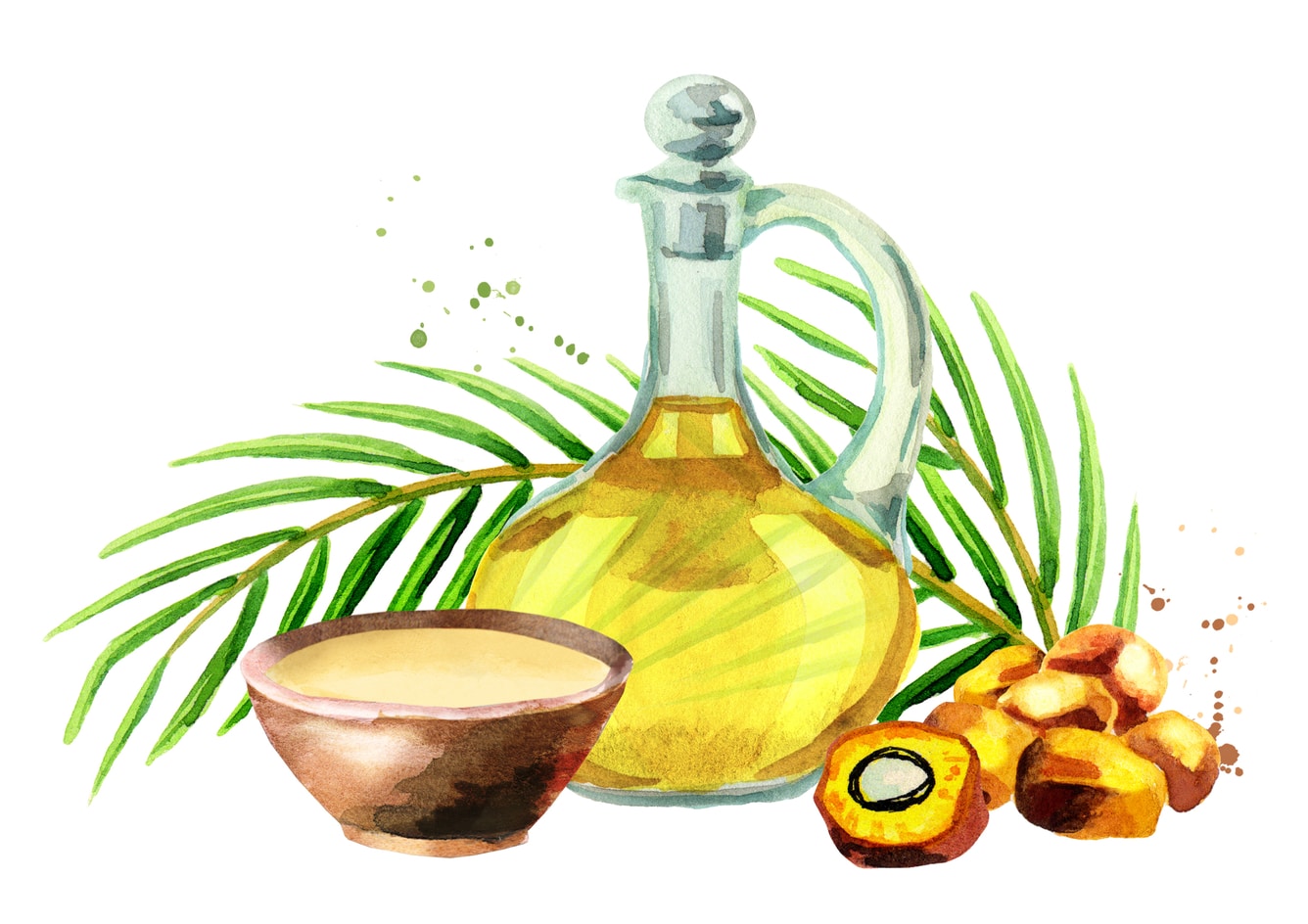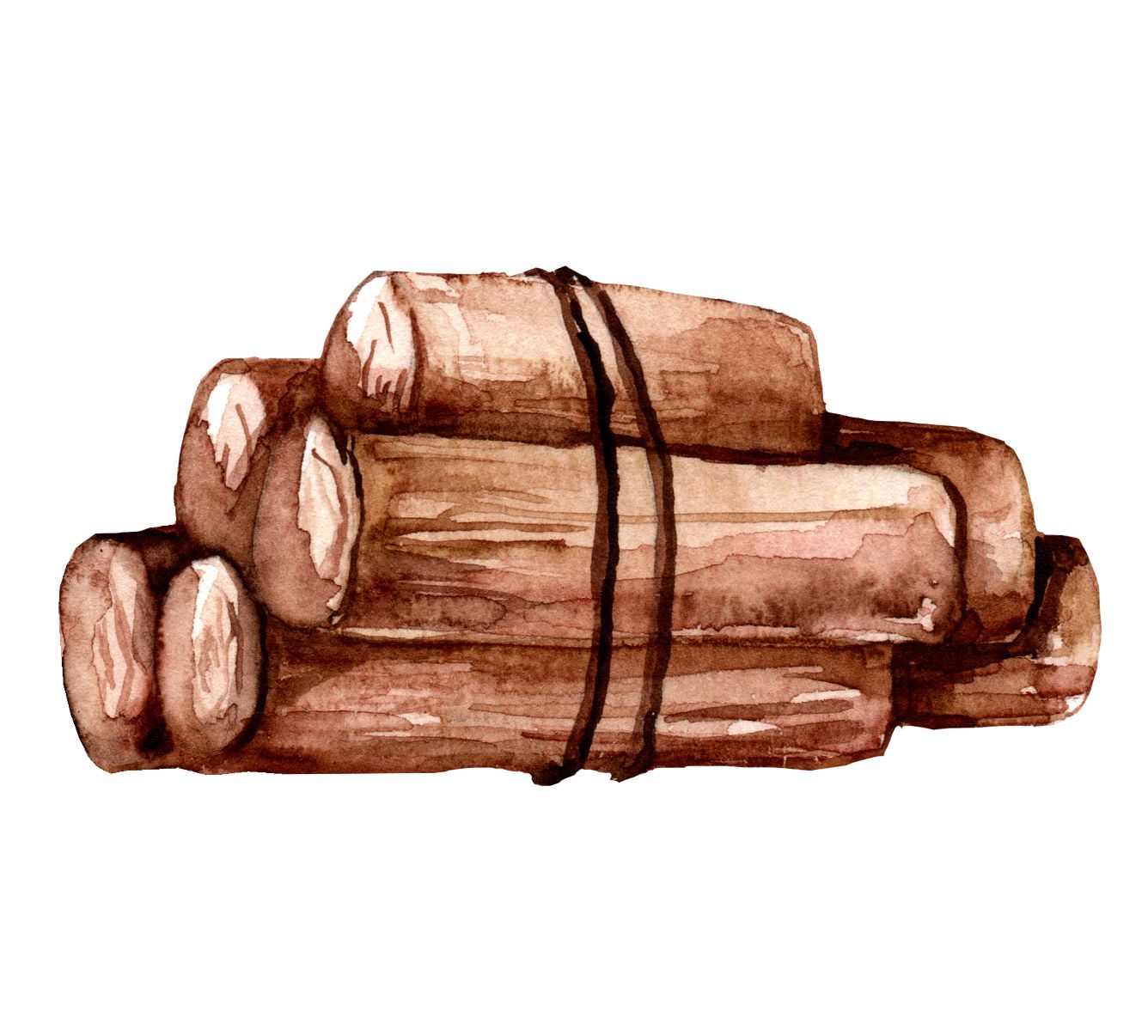What is deforestation?
Deforestation is the loss or permanent disappearance of forest areas, usually intentionally and on a significant scale. It usually occurs to convert forest areas into agricultural land, pasture, or land for urban growth, logging or mining.
In the 30 years between 1990 and 2020, the planet lost 420 million hectares of forest – an area about the size of the whole European Union. Due to the negative impacts it has on the environment, deforestation is a global concern because when forests are destroyed, ecosystems are disturbed and become unbalanced, with the main consequences being loss of biodiversity, greenhouse gas emissions, soil degradation, and altered weather patterns.
Surviving forests absorb one-third of the carbon dioxide released annually by burning fossil fuels, regulate the water cycle, among other essential functions. So why do we keep destroying them? There is no easy answer.
What causes deforestation?
The world’s population continues to grow and so their needs – which is why, in some regions, forests are seen as an obstacle to the expansion of urban areas, with roads or infrastructure, food production or access to raw materials. These are the main reasons for deforestation:

-
Intensive agriculture
Deforestation is often aimed at converting what is considered native or virgin vegetation into agricultural land – something that happens on a larger scale in South America, Central Africa and Southeast Asia. Among these crops, there are four raw materials that stand out for their association with deforestation: palm oil, soy, paper and wood, and cattle.

-
Palm oil production
Present in a wide variety of products, it is estimated that palm oil industry could worth more than 105 billion euros by 2030.

-
Soy production
Global soy production has grown exponentially, surpassing 360 million tonnes planted on more than 125 million hectares in the 2018/2019 season. More than 80% of this production is concentrated in three countries: Brazil, the United States and Argentina. Soy is used in food production, to develop alternatives to animal protein, and in non-food production, such as biodiesel. However, more than 75% of the world’s soy is used for animal feed.

-
Livestock production
Deforestation of the Amazon, in Brazil, represents one of the main challenges in terms of forest conservation and conversion – it is estimated that 80% of deforestation in the Amazon is caused by the expansion of pastures for cattle production. The same is true in African and South American countries.

-
Paper and wood production
The paper industry depends on cellulose, which is extracted from trees. The environmental and social impact of this production can be minimised with sustainable practices such as forest certification and the use of recycled fibre sources. In the case of wood, this raw material is mainly sought after for its use in construction.

-
Other raw materials
The production of these and other raw materials, such as rubber, coffee, cocoa and sugar, is at the top of the list of causes of deforestation in tropical regions. Other causes can be found in coal production and the illegal and unsustainable extraction of minerals, gas or oil.
What are the consequences of deforestation?
Deforestation affects local communities, the environment, the soil and can even clear the path for the next big pandemic.
-
Local communities
Deforestation directly affects the lives of 1.6 billion people whose sustenance depends on forests. For many, forests are a source of food, a way of access to drinking water, fuel, and even serve as a spiritual vessel.
-
Biodiversity
Losing forests also means losing habitats. 80% of terrestrial biodiversity lives in forests, which means that deforestation, coupled with drastic temperature changes and soil erosion, leaves many species without a safe place to live and breed, threatening their survival. There is an increased risk for migratory birds, which depend on continuous forest habitats along their routes. Deforestation can interrupt them and reduce the stopover and feeding areas available, risking the extinction of these animals.
-
Climate change
Forest degradation is both a cause and an effect of climate change. With global warming, rapid changes in seasons, and rising sea levels, tropical forests dry up, irreversibly destroying the surrounding biosphere. The weaker the forest becomes, the more vulnerable it is to further degradation, particularly by fire.
-
Greenhouse gas emissions
Deforestation is one of the main causes of greenhouse gas emissions increase. When trees are destroyed, more carbon dioxide is released into the atmosphere, and the removal of trees reduces the environment’s ability to absorb the gas from the atmosphere through photosynthesis. In other words, not only does carbon dioxide emissions increase, but what is already there is not removed.
-
Soil erosion
When the roots that anchor the soil are removed, they are more susceptible to erosion and instability, with an increased risk of damage to property and infrastructure.
-
Pandemics
Deforestation can be an open door to new pandemics, which are increasingly adaptable to their surroundings. Looking at the last 40 years alone, there has been an accelerated increase in infectious diseases transmitted from animals to humans that quickly became epidemics, such as rabies, dengue fever, malaria, Ebola virus disease or the most recent Covid-19 pandemic (caused by the SARS-CoV-2 virus).
How can we stop deforestation?
To combat or prevent deforestation, producers, manufacturers and retailers must develop joint strategies to stop the destruction of tropical forests and the loss of habitats. These strategies can include replacing raw materials at risk of deforestation in manufacturing processes, or obtaining certification to guarantee the sustainable origin of the products they purchase.
How to choose a certified product?
When stocking up the pantry at home, choosing products certified for their raw materials, i.e., whose production practices contribute to minimizing or avoiding the impact of deforestation, is one way for everyone to do their part. Here are the seals to look for on packaging:
-
FSC (Forest Stewardship Council)
This certification ensures that wood and derived products have been produced in an environmentally responsible manner at all stages of the value chain, from the forest to the consumer. FSC promotes sustainable forest management worldwide.
-
RSPO (Roundtable on Sustainable Palm Oil)
With this seal, consumers are assured that palm oil has been produced according to sustainable environmental, social, and economic criteria. Pingo Doce and Amanhecer soaps are the first national products certified by RSPO.
-
PEFC (Programme for the Endorsement of Forest Certification)
PEFC certification begins at the forest level, ensuring that it is managed according to environmental, social, and economic sustainability requirements, and extends throughout the supply chain, ensuring the traceability of forest products from origin to the final consumer.
-
Rainforest Alliance Certified
The Rainforest Alliance is one of the most well-known certifications. It ensures that production respects human and labour rights, native forests, and biodiversity, avoiding contributing to climate change and promoting local communities. Pingo Doce offers dozens of Private Brand products containing cocoa with this certification, such as Go Active chocolate protein pudding and Pingo Doce lactose-free chocolate milk.
Jerónimo Martins solutions to deforestation
As members of the Roundtable on Sustainable Palm Oil (RSPO) and the Round Table on Responsible Soy (RTRS), the Jerónimo Martins Group has been tracking the origin of commodities at risk of deforestation in Private Brand products and perishables sold in its stores in Portugal, Poland and Colombia, since 2014. When used, these raw materials should be sourced sustainably as much as possible.
In 2023, the Jerónimo Martins Group was recognised as the world’s top-rated food retailer by the Carbon Disclosure Project (CDP) for the fourth consecutive year, particularly in terms of managing commodities associated with deforestation. An A- rating (leadership level) was obtained for the four raw materials assessed: palm oil, soy, beef and paper/wood.
Discover here the measures implemented by the Jerónimo Martins Group.




